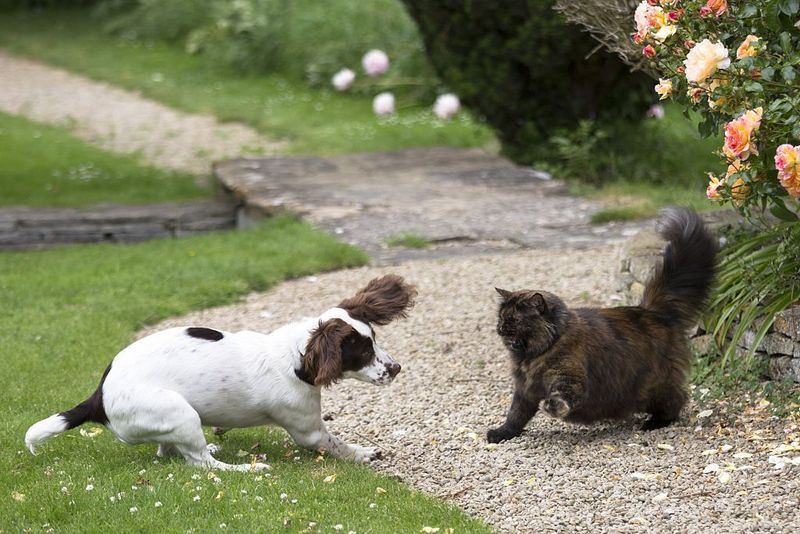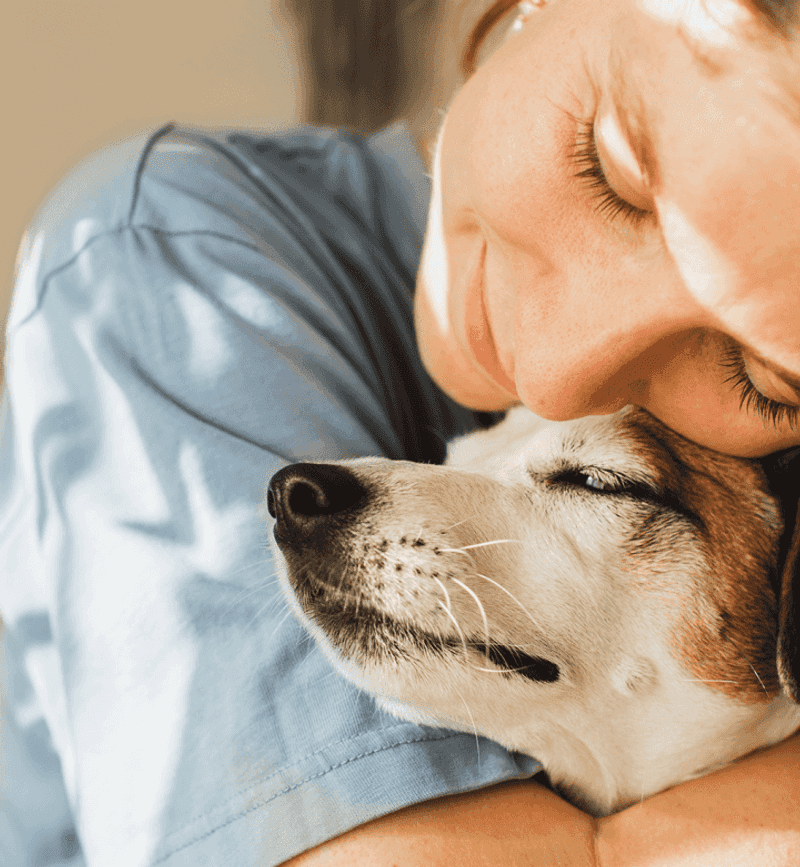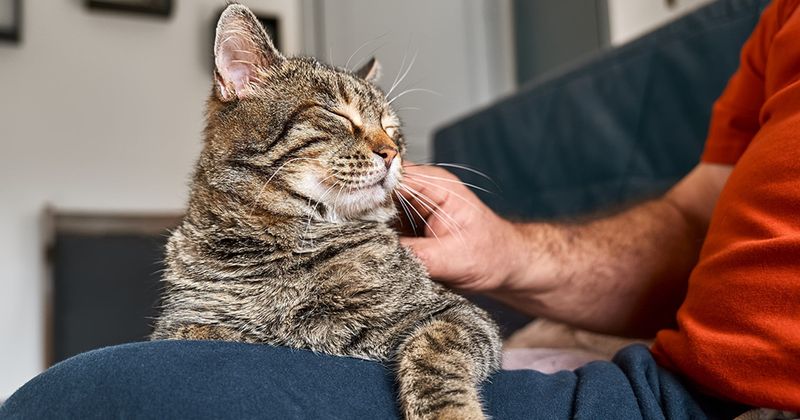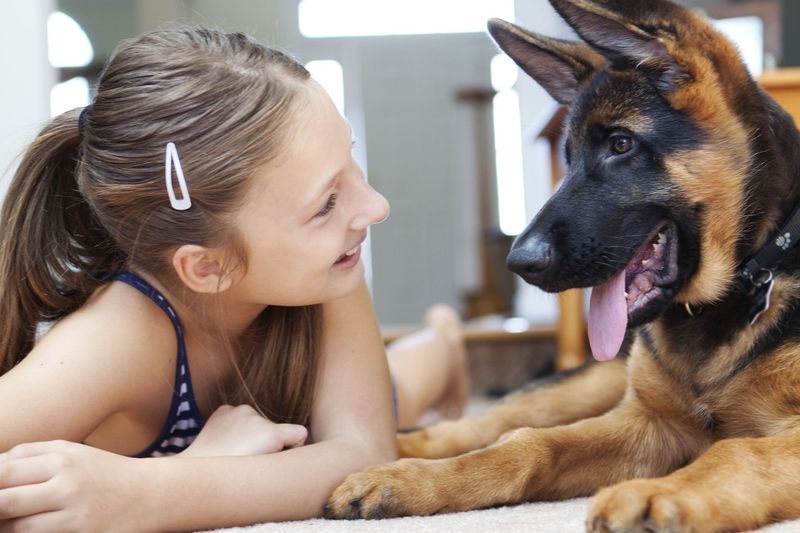Cats aren’t just tiny, aloof dogs with better balance—they’re emotional enigmas in fur.
While dogs wear their hearts on their tails, cats keep theirs tucked behind a well-placed blink or a suspicious side-eye. It’s not that they don’t feel—it’s that they feel differently, and they’re not about to explain themselves.
A dog sees you cry and rushes to lick your face. A cat sees you cry and casually blinks from across the room like a Zen master deciding whether to intervene.
But don’t be fooled—those slow blinks, tail twitches, and vanishing acts speak volumes.
If you’ve ever wondered why your cat vanishes when you’re upset—or why your dog clings like Velcro—this is the emotional decoder you didn’t know you needed. Let’s unravel the mystery behind the moods, one purr and paw at a time.
Mysterious Independence

Cats are known for their independent nature, often seen as aloof or mysterious. This independence is rooted in their solitary hunting ancestry. While dogs typically thrive in packs, cats are solitary predators, influencing how they experience emotions.
Their emotions are often subtle, requiring keen observation to interpret. A flicking tail or slow blink can signal contentment or irritation. Understanding these cues enhances communication.
Reading a cat’s emotional state involves observing its environment and body language. Unlike dogs, cats rarely seek constant companionship, making their emotional displays more nuanced and private.
Pack Mentality

Dogs, unlike cats, are inherently social animals. Their pack mentality drives a need for companionship and social interaction. This influences their emotional processing, making them expressive and attentive to human emotions.
Dogs often mirror their owner’s moods, showcasing empathy through actions like cuddling when sensing sadness. Their wagging tails and playful barks are more overt emotional displays.
Understanding a dog’s emotional needs is vital for building a strong bond. They thrive on attention and affection, often becoming distressed when left alone for prolonged periods.
Silent Communication

Cats often communicate through silence. Unlike dogs that vocalize frequently, cats use body language and subtle cues to express themselves. A slow blink or gentle purr can convey relaxation, while flattened ears might indicate distress.
This silent communication requires owners to be more observant, interpreting these non-verbal signals accurately. Cats prefer this quiet method, reflecting their solitary nature.
In contrast, dogs are more vocal, barking or whining to express needs and emotions. This difference highlights the unique ways these animals connect with humans and each other.
Expressive Faces

Dogs are masters of facial expression, capable of conveying a range of emotions through their eyes and facial muscles. Their expressive faces make it easier for humans to interpret their feelings, whether it’s joy, fear, or curiosity.
Cats, however, have more inscrutable expressions due to their evolutionary background. Their faces remain more constant, requiring interpretation of other cues like posture.
Understanding these differences helps pet owners respond appropriately to their pets’ needs, fostering a deeper emotional connection. Dogs’ expressive faces invite interaction, while cats’ subtle signals encourage observation.
Routine Lovers

Cats thrive on routine and familiarity. Changes in their environment can cause stress, affecting their emotional well-being. This need for consistency is linked to their territorial nature.
Dogs, while also enjoying routines, are generally more adaptable to change. Their social structures allow them to cope with new environments and experiences more easily.
Recognizing a cat’s preference for stable surroundings can prevent anxiety and foster a sense of security. Meanwhile, dogs benefit from new experiences that stimulate their social and cognitive needs.
Emotional Sensitivity

Dogs are renowned for their emotional sensitivity. They can detect human emotions, often responding with affection or concern. This sensitivity makes them excellent companions for emotional support.
Cats, while sensitive in their way, do not mirror human emotions as overtly as dogs. They express empathy through more subtle actions, like resting nearby or purring.
This sensitivity in dogs stems from their social pack background, making them attuned to the emotions of those around them. Understanding this aspect aids in nurturing a supportive relationship with them.
Subtle Affection

Cats express affection in understated ways. Head rubs, gentle purring, and kneading are signs of their love and trust. These subtle gestures can often go unnoticed but signify deep emotional bonds.
Dogs, conversely, show affection more overtly with wagging tails and enthusiastic greetings. Their need for physical contact is more apparent, often seeking cuddles and pats.
Recognizing a cat’s subtle displays of affection enriches the human-animal connection, while understanding a dog’s need for physical touch strengthens companionship.
Vocal Variations

Cats have a range of vocalizations, from soft meows to loud yowls, each conveying different emotions. These sounds are less frequent than a dog’s barks but hold significant meaning.
Dogs use a variety of vocal cues, such as barking, whining, or growling, to express emotions and communicate with humans. Their vocal repertoire is extensive and context-dependent.
Understanding these vocal differences helps in interpreting what each animal is trying to convey. Cats’ vocalizations are often subtle and reserved, while dogs’ are more direct and frequent.
Curiosity’s Role

Curiosity drives much of a cat’s behavior. Their inquisitive nature leads them to explore and investigate their surroundings. This curiosity is linked to their solitary hunting instincts.
Dogs, while curious, often rely on their social group for exploration. Their curiosity is more tied to social interactions and play.
Understanding a cat’s curious nature allows owners to provide enriching environments that stimulate their minds. Dogs benefit from curiosity driven by social play and interaction, enhancing their emotional health.
Protective Instincts

Dogs have strong protective instincts, often guarding their families with loyalty and courage. This trait is rooted in their pack mentality, where protecting the group is paramount.
Cats, on the other hand, are less likely to exhibit protective behaviors. Their solitary instincts prioritize personal safety over group protection.
Recognizing these differences helps in understanding each animal’s role within a household. Dogs often act as guardians, while cats focus on personal space and comfort.
Territorial Behavior

Cats are territorial creatures, often marking their space with scent and scratching. This behavior is a fundamental part of their emotional processing, providing a sense of security and familiarity.
Dogs, while also territorial, often focus on guarding their territory through barking and patrolling. Their territorial behavior is more related to social protection than personal space.
Understanding these behaviors helps pet owners create environments that respect each animal’s territorial needs. Cats need familiar spaces, while dogs need to feel like active guardians of their domain.
Playful Expression

Dogs express joy and excitement through play. Activities like fetch and tug-of-war allow them to bond with humans and burn off energy. This playful nature stems from their social instincts.
Cats also enjoy play, but it often mimics hunting behavior. Pouncing and stalking are common, reflecting their predatory ancestry.
Understanding each animal’s play style enriches the human-animal relationship. Dogs thrive on interactive, energetic play, while cats enjoy solitary, instinct-driven games.
Stress Signals

Cats often exhibit stress through withdrawal and hiding. Sudden changes in environment or routine can trigger these behaviors. Their stress signals are subtle, requiring attentive observation.
Dogs display stress more openly through behaviors like pacing, whining, or destructive activities. Their social nature makes stress more apparent and requires human intervention.
Recognizing these signals helps in providing appropriate care, ensuring both cats and dogs feel secure and loved within their homes.
Trust Building

Building trust with a cat involves patience and understanding. They require consistent, gentle interaction to feel secure. This trust is earned over time, through respect for their boundaries.
Dogs, however, often form bonds more quickly due to their social nature. They seek interaction and approval, facilitating faster trust development.
Understanding these dynamics enhances the human-animal bond. Cats appreciate a respectful approach, while dogs thrive on companionship and positive reinforcement.
Emotional Resilience

Dogs exhibit emotional resilience, quickly recovering from stress or changes. Their social structures and need for companionship aid in adapting to new situations.
Cats, while adaptable, often take longer to adjust to change. Their solitary nature requires more time to process emotional upheavals.
Recognizing these differences ensures that each animal receives the support they need during transitions. Dogs benefit from reassurance and social interaction, while cats need a stable environment and patience.
Body Language

Cats communicate heavily through body language. An arched back, slow blinks, or a flicking tail convey emotions and intentions. This non-verbal communication is key to understanding their emotional state.
Dogs also use body language, like wagging tails or perked ears, to express themselves. Their cues are often more overt and easily interpreted by humans.
Familiarity with these signals enriches interactions, ensuring both cats and dogs feel understood and supported in their emotional worlds.
Affectionate Rituals

Cats develop affectionate rituals, like rubbing against legs or grooming, to show love. These rituals are personal and unique to each cat, reflecting deep trust and affection.
Dogs, too, have rituals like licking faces or nuzzling, showcasing their bond with humans. Their rituals are more overt, driven by a desire for interaction.
Understanding these affectionate gestures strengthens the bond between humans and pets. Cats’ rituals are subtle and personal, while dogs’ are open and social.
Whisker Communication

Whiskers are not just beautiful features on a cat’s face; they are powerful tools of emotion. A cat’s whiskers can convey a range of feelings. When relaxed and slightly forward, the cat is content and curious. But when whiskers are pulled back, it might feel threatened or angry.
Observing a cat’s whisker position can reveal nuances of its mood. This subtle form of communication contrasts sharply with dogs, who use more overt body language. Understanding whisker signals enhances the bond between you and your feline friend.
Did you know? Cats have whiskers on their legs too, aiding in spatial awareness.

